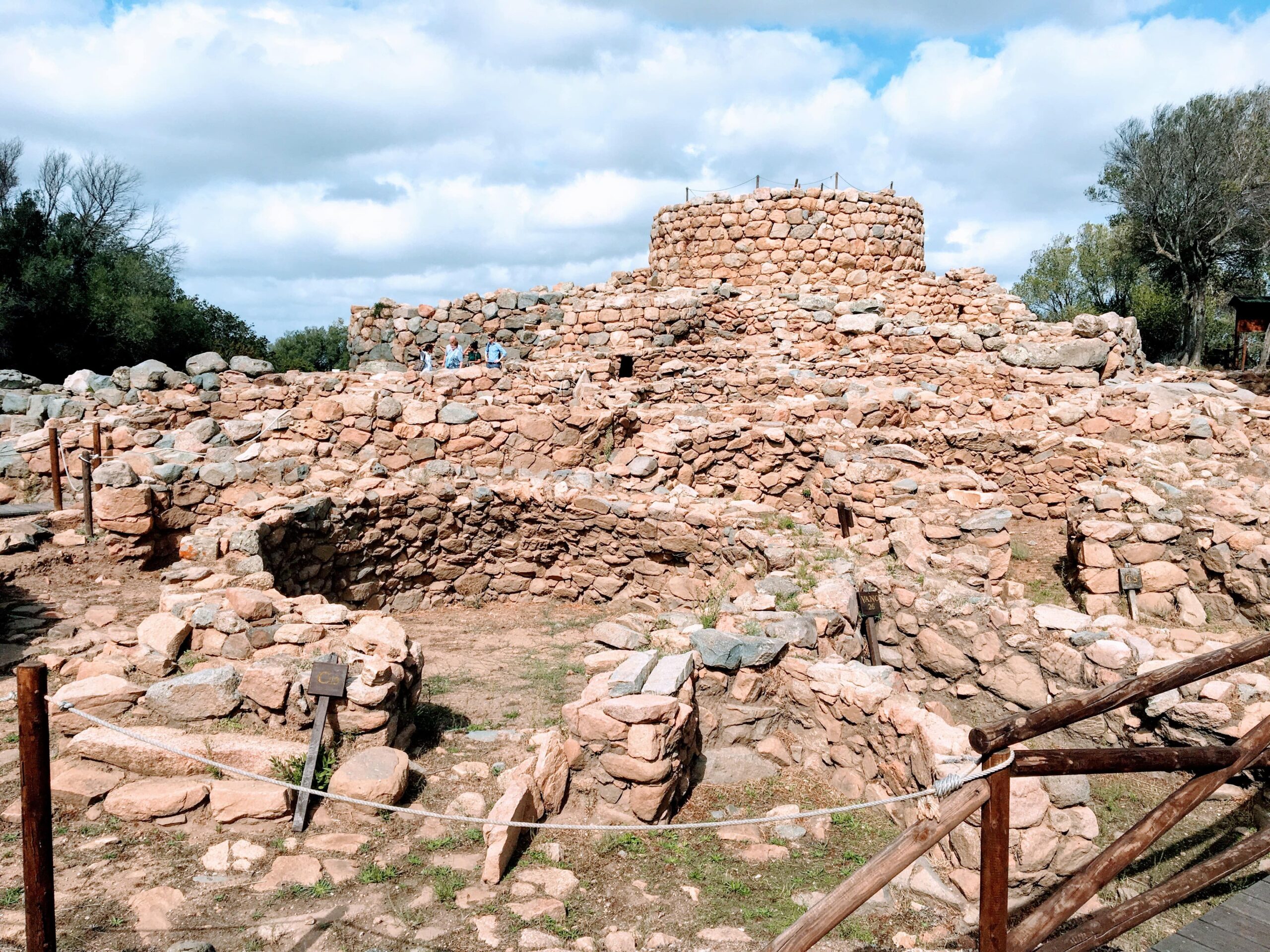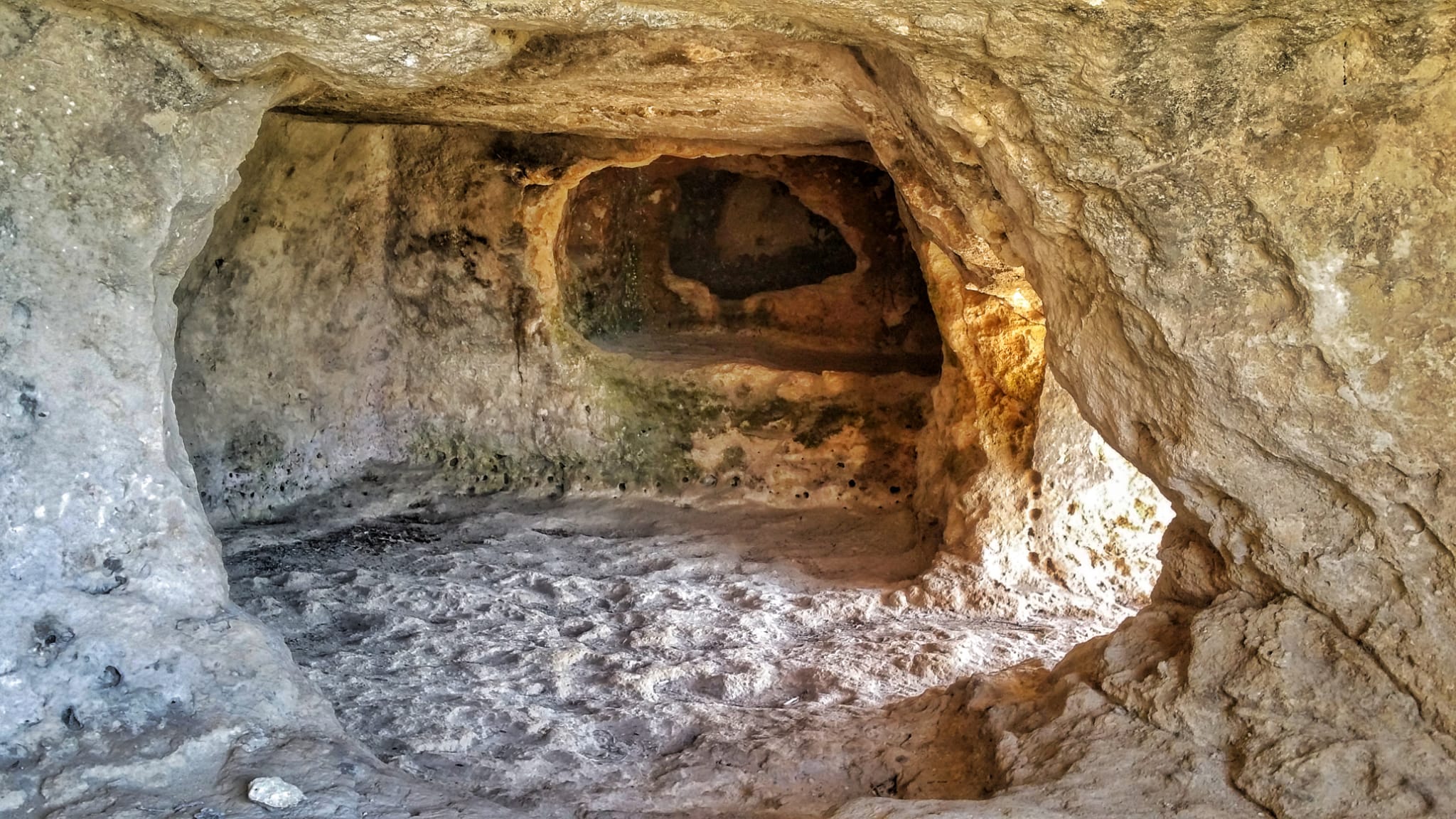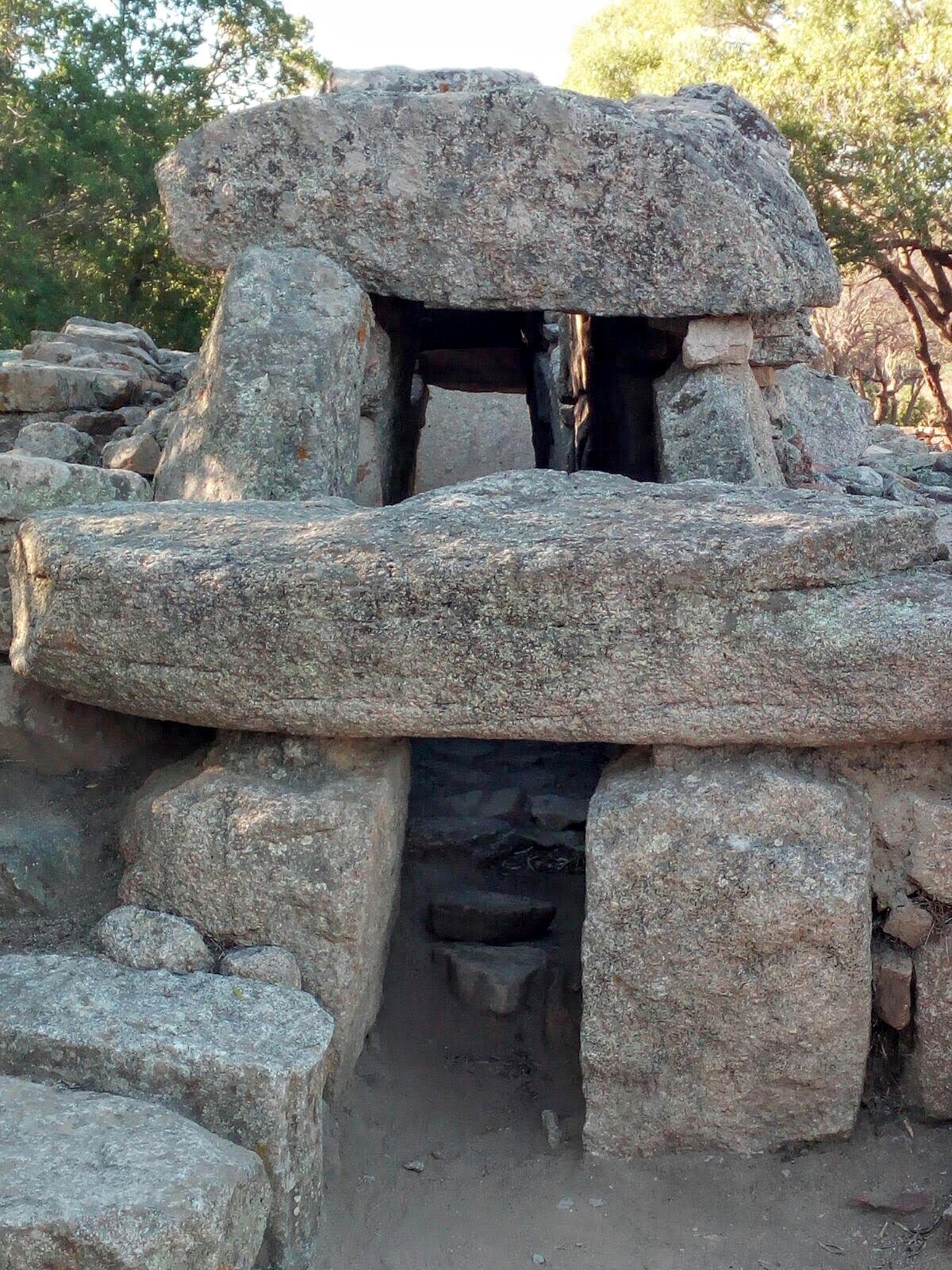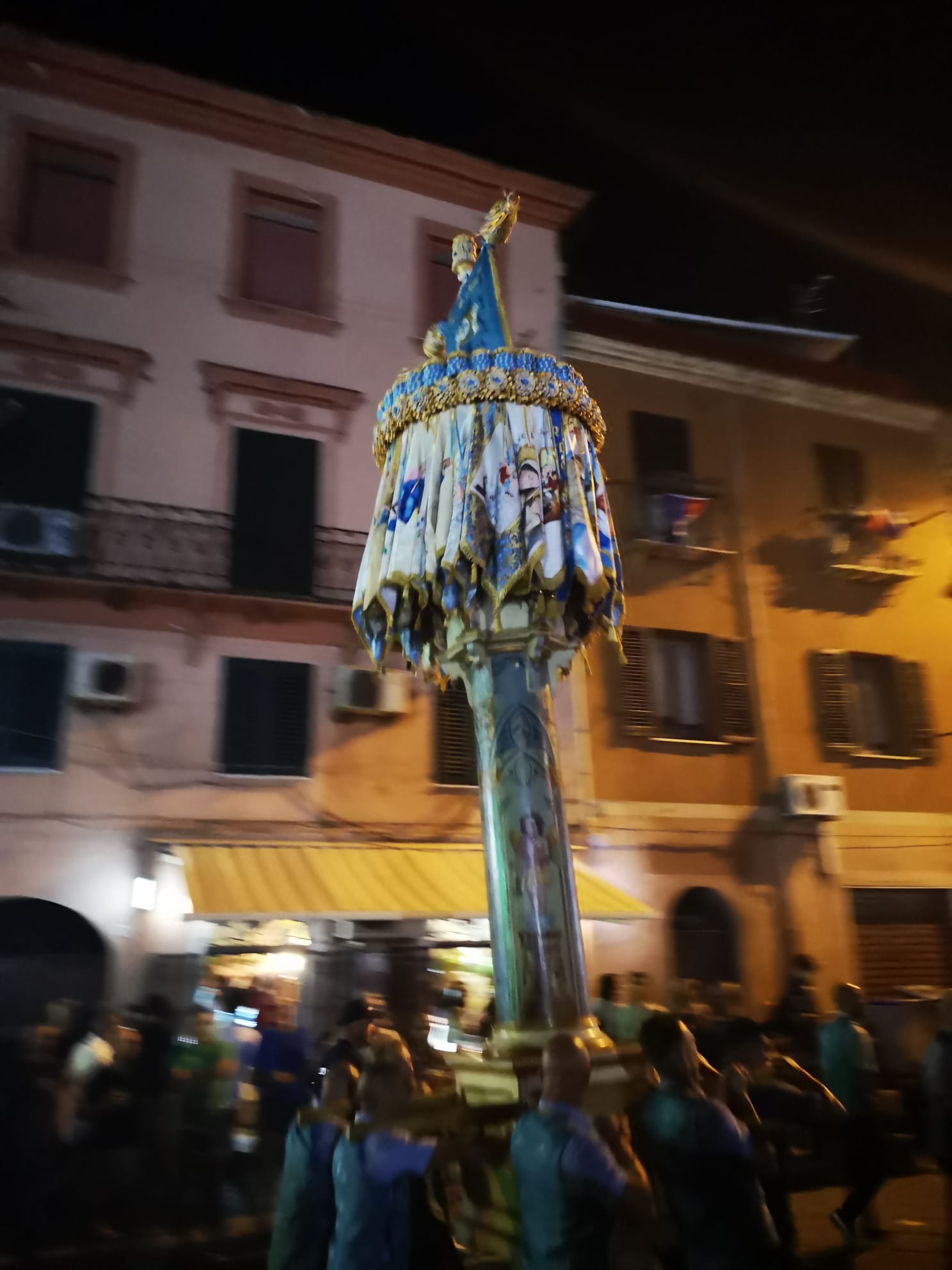The paths of history and tradition

The Nuraghi
There are more than 7000 nuraghi in Sardinia that have been nominated as UNESCO World Heritage Sites. To date, only one of them is already a UNESCO World Heritage Site, and that is Su Nuraxi in Barumini.
But what is a nuraghe? They are constructions made of large stones, present only in Sardinia and representative of the Nuragic civilisation.
They contained one or more overlapping chambers covered by a false dome. They could be single towers or with a central tower and others around it. Each nuraghe is unique.

Domus de Janas
In Sardinia, there are numerous Domus De Janas, which literally translated means houses of the fairies. But what are they?
They are burial constructions dating back to prehistoric times, carved into the rock and connected like a village of the dead.

Tombs of the Giants
Cyclopean in size, the Tombs of the Giants are another element that distinguishes Sardinia from any other country.
Seen from above, their shape resembles that of a woman in labour or a womb, showing how interconnected death and life were for the Nuragic people.

Descent of the Candlesticks
The ‘Faradda di ri Candereri‘ is a dancing procession of large wooden columns, votive and symbolic candles, which moves along the historic streets and is a Unesco Intangible World Heritage.
For five centuries, every year, on the 14th of August, the Faradda has renewed the vow to the Virgin Mary of the Assumption.
There are about ten large candles, each representing a trade: railway workers, shoemakers, farmers, blacksmiths, carpenters, butchers, masons, bricklayers, market gardeners, stone pickers, tailors and travellers.